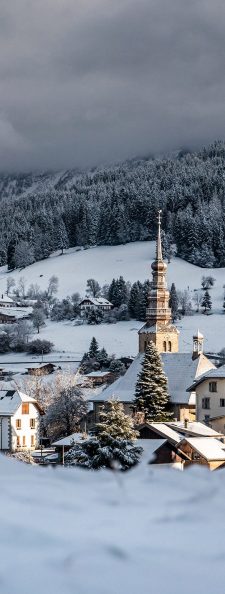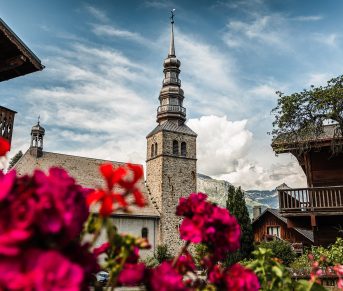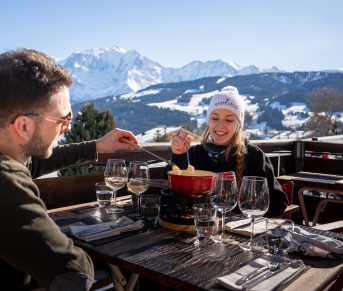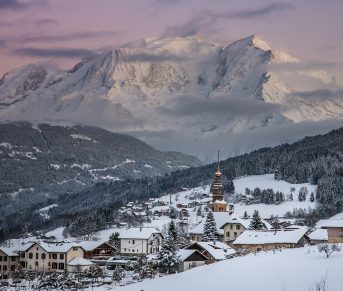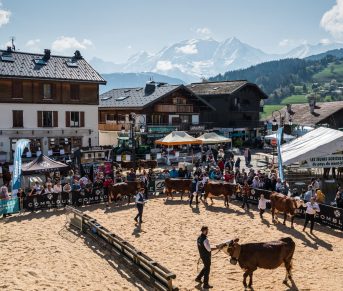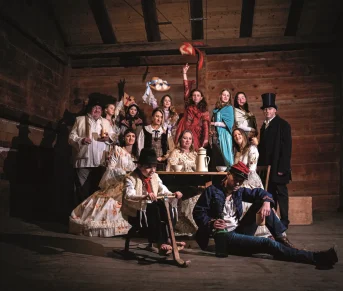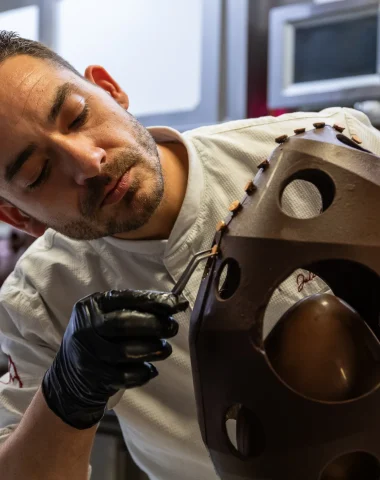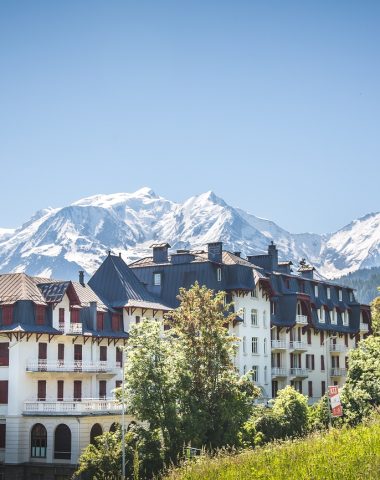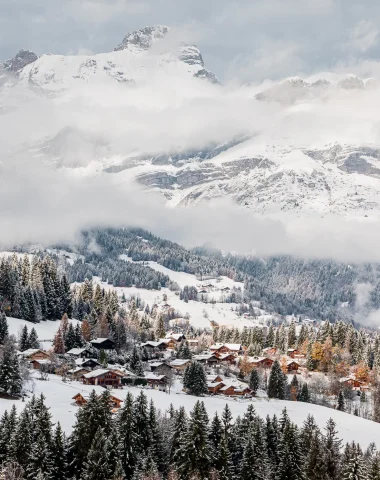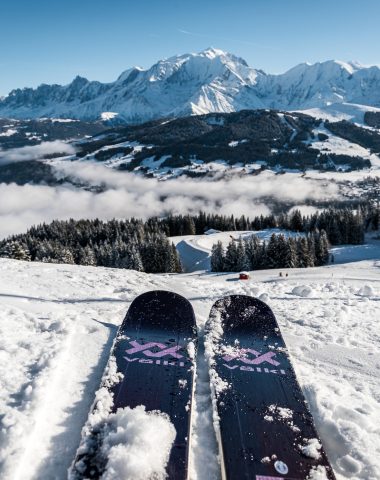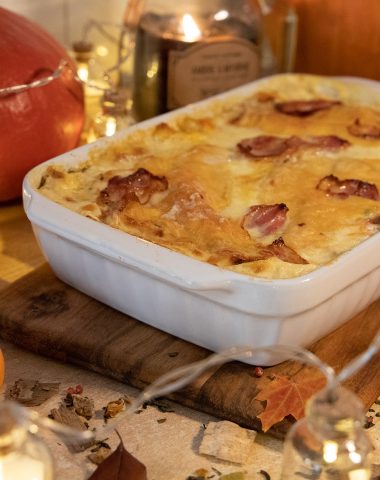Haute-Savoie is a high place of mountain gastronomy and for hundreds of years many cheeses have been produced there, all of which have a history deeply linked to their territory! Today, let's focus on one of them: Reblochon.
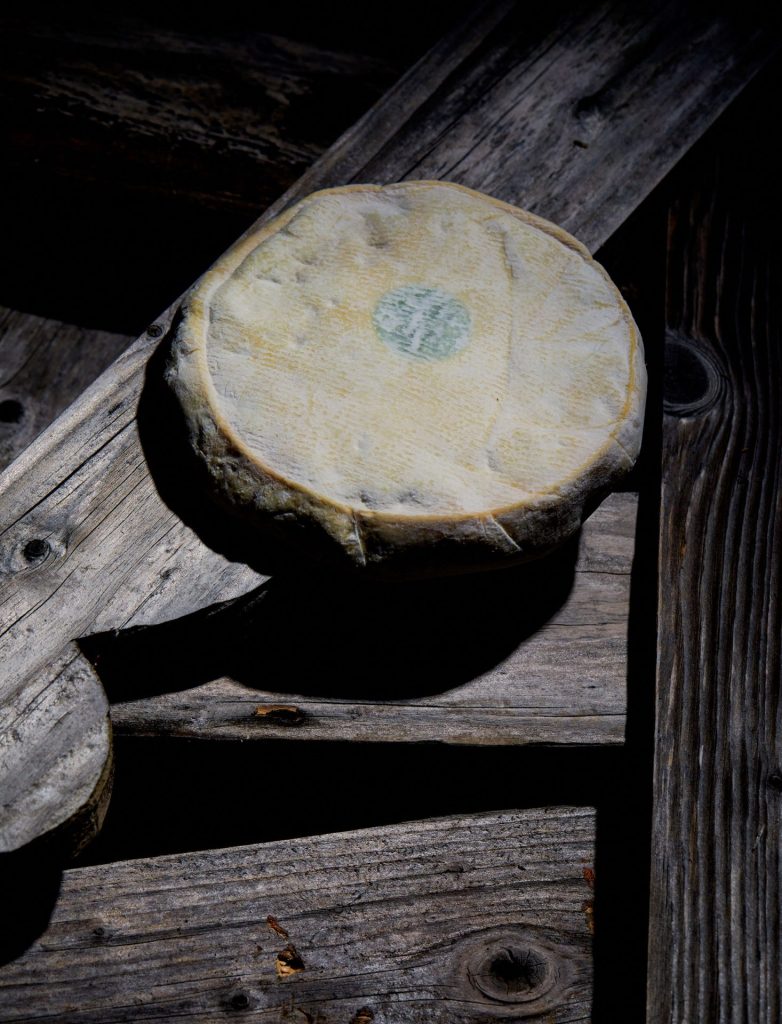
Reblochon in a few figures
- 48 cows
- 727 actors who bring the subsidiary to life: 500 milk producers, 18 fruit or cheese processing workshops, 120 producers of farmhouse Reblochon, 11 refiners who take care of the cheese to guarantee its quality
- 4 L: this is the quantity of raw milk needed to produce a Reblochon
- Only 3 breeds of cows are authorized to produce Reblochon milk
Reblochon cheese breeds
Abundance: whose worthy representative "Neige" was the face of the Paris Agricultural Show in 2022
Abondance originates from the Abondance valley in Haute-Savoie. It is found almost exclusively in the land of Reblochon and Abondance cheese.
She is easily recognized by her mahogany robe. The head, legs, tail and belly are white and she often has spots around her eyes that look like glasses (the spots protect her from the sun). His foot is hard and his ability to walk is adapted to the mountains of the Reblochon region. The quality of its milk (protein-fat ratio) is optimal for cheese processing.
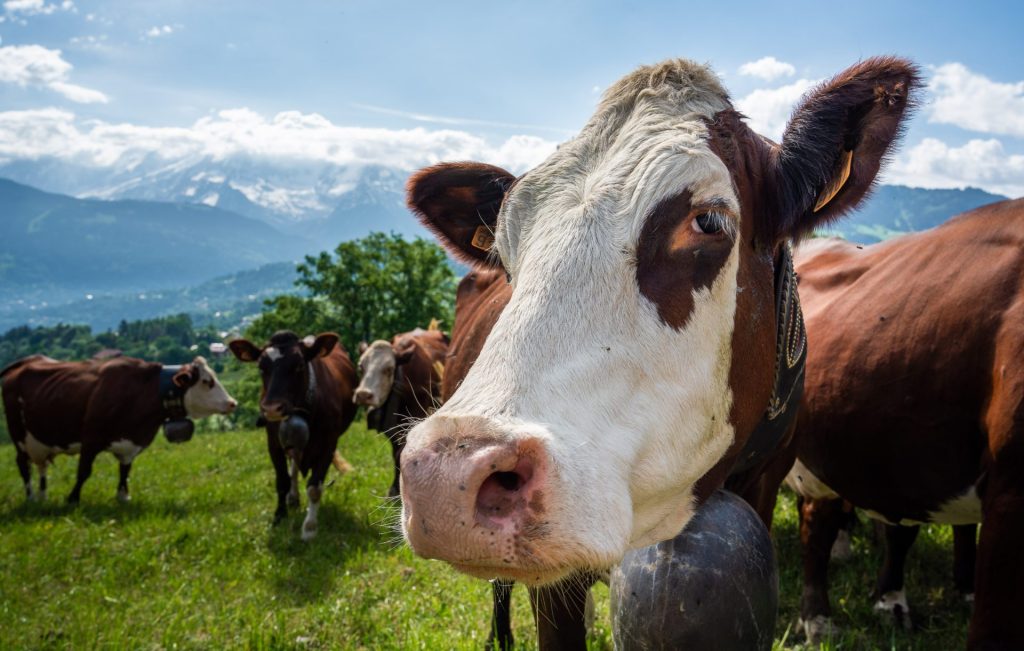
The Montbéliarde: a rustic cow emblematic of the Jura Mountains
The Montbéliarde originates from the Monts du Jura. Her dress is white with large brown-red spots all over her body. It is the most important mountain cow breed in terms of numbers. It is of course found in the Jura, its country of origin, but also in the Northern Alps, the Massif Central and even in certain countries of Eastern Europe.
Its milk is very suitable for processing into cheese.
The Tarine: this emblematic cow from the Tarentaise region and dressed in a hazelnut color
The Tarine or tarentaise is a cow originating from Tarentaise in Savoie. Her dress is hazelnut in color with dark eyes as if made up in black. This breed is found in the Beaufortain, throughout the Tarentaise and a little in the Aravis.
This cow is very comfortable in the mountains and climbs very well in mountain pastures.
Its milk is suitable for processing into cheese.
2 types of Reblochon: the farmer and the dairy
The farmer
This Reblochon is made twice a day and the milk used comes from a single herd of cows, that of the cheese producer. The production is entirely manual and is done on the farm directly after milking. It is easily recognizable by the green dot affixed to the cheese and its packaging.
The milkman
This Reblochon is made once a day with milk collected from several farms. It is made within 1 hours after milking in fruit cooperatives or cheese factories and its production can be mechanized. It is recognizable by the red dot affixed to the cheese.
Here in Combloux we have a farm that makes farmhouse Reblochon on site: The GAEC Val Mont-Blanc. It has 2 direct sales sites on the farm or in the heart of the village.
You will also find Reblochons from Comboran farms at the Fruitière de Domancy or at the Val d'Arly cooperative!
At table ! An original way to taste Reblochon
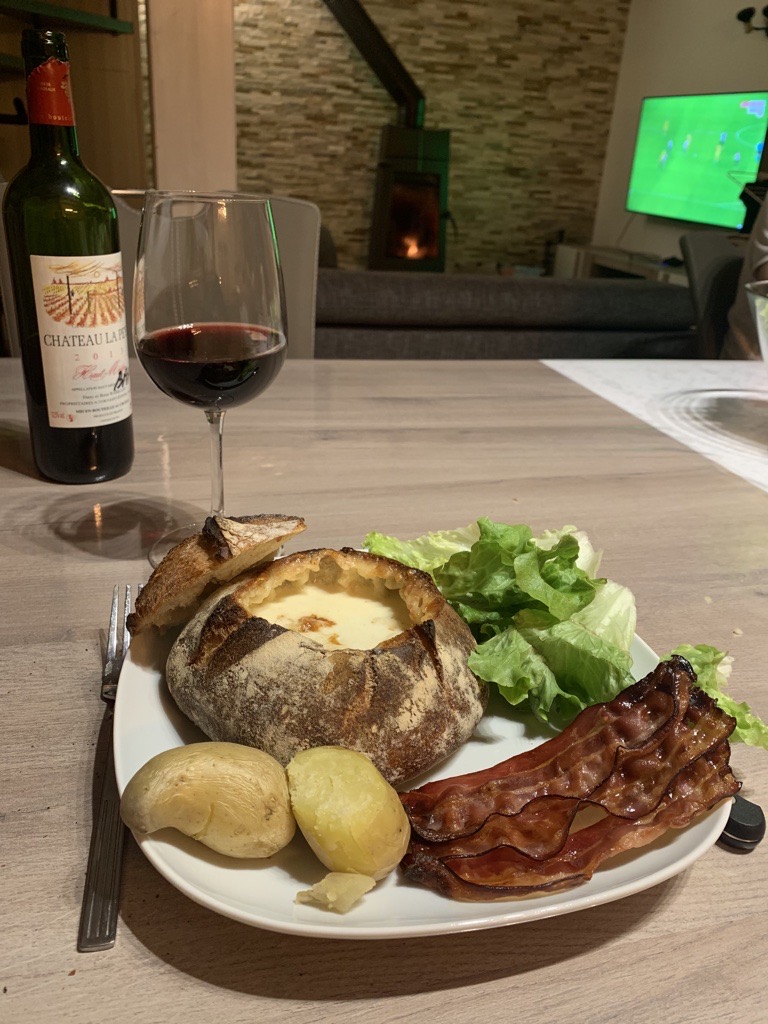
Enough history, it's time to sit down to eat and reblochon can be eaten in different ways. Personally I prefer it well ripened on a good piece of bread during a snack break during a beautiful hike to the Halls Cross. But the best known way to consume it is obviously in a tartiflette with potatoes and cream and bacon bits.
I would also quickly have the opportunity to present to you on this blog, "my" recipe for tartiflette, but today I am taking you to discover a lesser known recipe, but just as good: the reblochon fondue in a bread crust and its bacon crisps.
Reblochon fondue recipe
The steps of the recipe
- Remove the top of the bread ball to obtain a hole about 10-15 cm in diameter.
- Using a spoon, remove the crumb to obtain a hole large enough to insert a half-reblochon cut into pieces.
- Cook the potatoes in hot salted water or steam and stop cooking until they are just tender (adjust cooking time according to the size of the potatoes).
- Preheat the oven to 200°/th. 6-7.
- Remove the crust on the upper part of the reblochon then insert it in your bread (in a piece if your bread ball is not big enough, but always leave the part with the cheese crust towards the bottom of the bread ball.
- Put 1 half-reblochon per ball of bread.
- Finely chop your garlic cloves and add the garlic over the cheese. (You can also leave the garlic in a clove to add flavor, if you don't want to eat it afterwards.)
- Sprinkle everything with the white wine, taking care not to soak your bread.
- Bake for approximately 25 minutes.
- In a frying pan with very hot oil (or duck fat), brown your very thinly sliced bacon, until it browns enough and it adopts a "chips" texture.
- For decoration, once the cheese has melted, you can add some wild thyme flowers.
- Serve hot with the potatoes, bacon crisps and the top of the bread cut into pieces, all accompanied by a green salad.
Good tasting !
Themes






